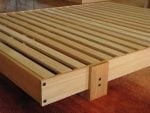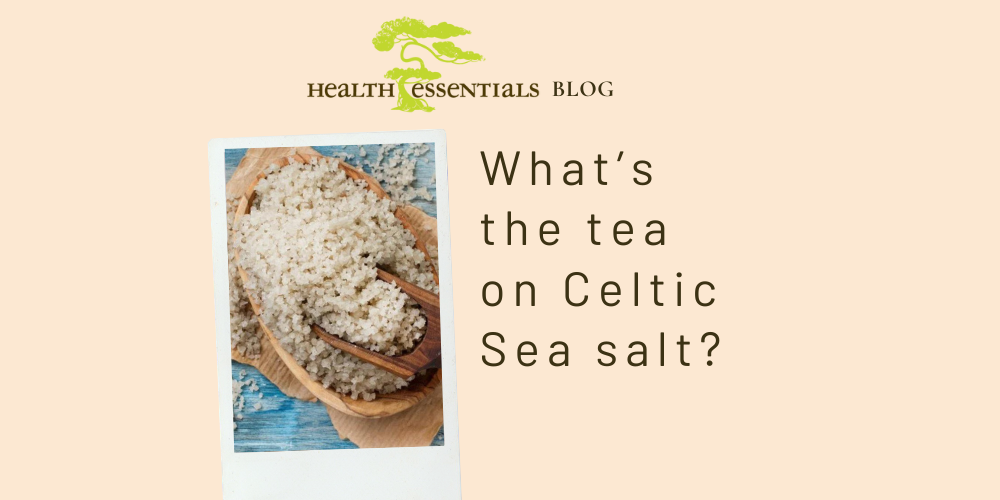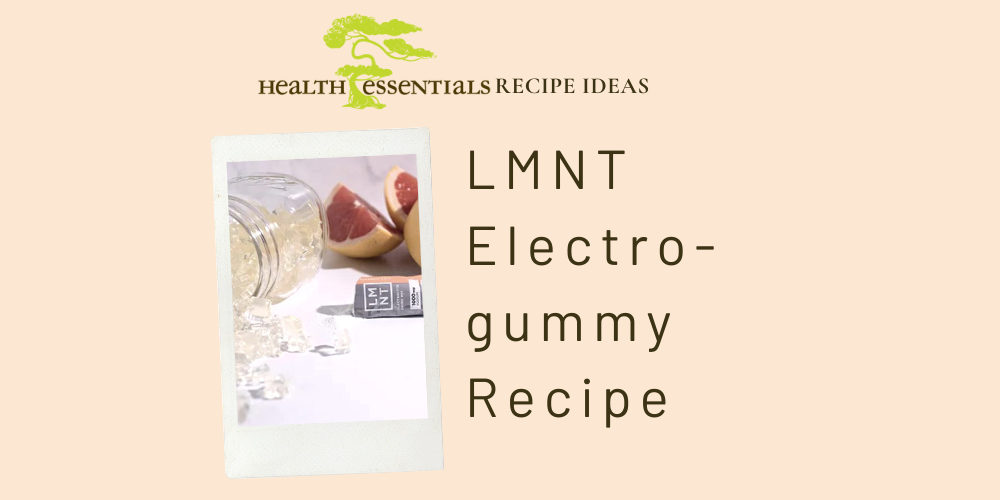
How Important Is the Health of Your Bed?
Have you ever thought about how much time you spend on your bed in a 24 hour period? Like… a third of it. For most of us, the importance of how healthy our environment is on the daily, is rarely applied to our sleep environment. Even the few who do apply it regularly to their sleeping environment, rarely think about their bed as being “healthy” or “unhealthy”. It’s time to change that. Here are some pretty ugly truths about the very thing you spend a third of your life on.
Conventional Bed Ingredients.

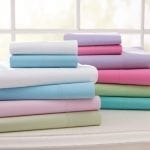
What are they made of?
The world of conventional beds is very comparable to that of conventional clothing, or even food. It’s just not made of the right stuff. Somewhere along the line cheap materials, cheap manufacturing and cheap point of sale became the main priority. Unfortunately, this just is not acceptable. Here’s why:
The components of a conventional bed and their make-ups are as follows:
- Chemicals: Generally, the mattress industry tends to use a wide variety of chemicals in the making and “protection” of their mattresses. Solvents, glues, and fire retardants are just some of the chemicals used in the mattress-making industry. These chemicals can irritate the skin, eyes & lungs, and are often known carcinogens. 😐 #nothanks
- Foams made of Synthetics & Petroleum Byproducts: The soft part of the mattress is usually made of synthetic materials, and often contains petrochemical derivatives. What does this mean? It means they’re made of toxin-ridden materials that restrict the breathability of your skin, while simultaneously contributing to the overall toxicity of your skin which absorbs the chemicals that come in contact with it. Synthetic foam mattresses also hold onto sweat & allergens and become the perfect habitat for bacteria build-up, and mites to live. On top of all of that, they’re also produced by an industry that immensely harms the environment. Um. Yikes.
- Box Springs: A lot of conventional mattresses include a box spring component. These spring systems provide extremely unnatural support for all parts of the body. They can cause aches and pains all over. Being that they’re made of a metal, they can also disrupt your body’s electromagnetic field (EMF) which in turn can disrupt the quality of sleep you get.
- Waterbeds and Airbeds: Waterbed & airbeds both use electric pumps & heaters to help them keep their form. In addition to the fact that they can cause some seriously odd sleeping positions that don’t benefit the body at all, they can also have an EMF disrupting effect. Like synthetic foams, they also don’t breathe, which can make it hard to regulate your body temperature while sleeping.
- Memory Foam: Memory foam is all the rage in the modern bed industry. Unfortunately it is little known that the components of this ever-popular foam is riddled with toxic chemicals and flame retardants. The surface also lacks breathability, causing temperature regulation issues. #notthebest
- Sheets: Much the same as mattress foams, and the world of modern day, cheaply made, and mass produced clothing materials… sheets often fail to meet normal healthy standards. Often, they contain toxic chemicals, dyes, and synthetic materials that are not breathable, and allow for a build up of bacteria and mites.
[divider]
Healthier Alternatives
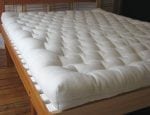
Not a huge fan of the conventional mattress ingredients? Neither were we. Fortunately, there are healthier options.
Things to look for in a bed:
Healthy Mattresses & Sheets:
There are many different natural fibres that mattresses and sheets can be made of. Some of the top naturally antibacterial, and breathable materials are organic cotton, wool, and organic bamboo!
Natural Wool Fibres:

You may know that wool happens to be one of our very favourite natural fibres for clothing at Health Essentials. It’s also one of our favourite bed materials! Wool is naturally antibacterial, thermoregulating, flame resistant, and hypoallergenic. It’s also great for the environment when sourced from a premium farm! If you’re thinking: “WOW! That sounds like the exact opposite of synthetic materials!” Yup. You’re right. #yesplease Wool helps you to stay warm in the winter and cool in the summer, so it’s the ultimate duvet filling as well!!! Wool ventilates really well, and can absorb up to 30% of its weight in water without even feeling wet… so it’s ideal for humid climates…. AND sweaty sleepers. 😉 You can find wool mattresses and duvets on the market today! Check out some awesome sustainable & high quality mattresses at Shepherd’s Dream and Custom Woolen Mills 100% Wool Fill Bedding Duvets! #welovethem
Organic Bamboo:

Organic Bamboo can be a really sustainable, uber soft & comfortable option for natural sheets or mattress materials! Bamboo is also highly breathable, doesn’t want to hold onto bacteria and when organic, is free of chemicals & pesticides!
Organic Cotton:

There are many organic cotton sheets and mattresses available in the market today! Organic cotton is also breathable, hypoallergenic and antibacterial. Check out Coyuchi Sheets which is a Californian company who sustainably and organically sources their materials!
[row]
[divider]
Healthy Bed Frames
Choosing a bed frame material is more important than one may think. Being sure to choose a bed that does NOT include box springs, metal, or chemically treated wood is of the utmost importance for your health and sleep quality! Here is what we have found to be the best option:
Slatted wooden frames allow for breathability through the mattress, provide natural support for the body, and don’t disrupt your body’s EMF. Look for a wooden frame that is sustainably sourced and free of chemical treatments!
